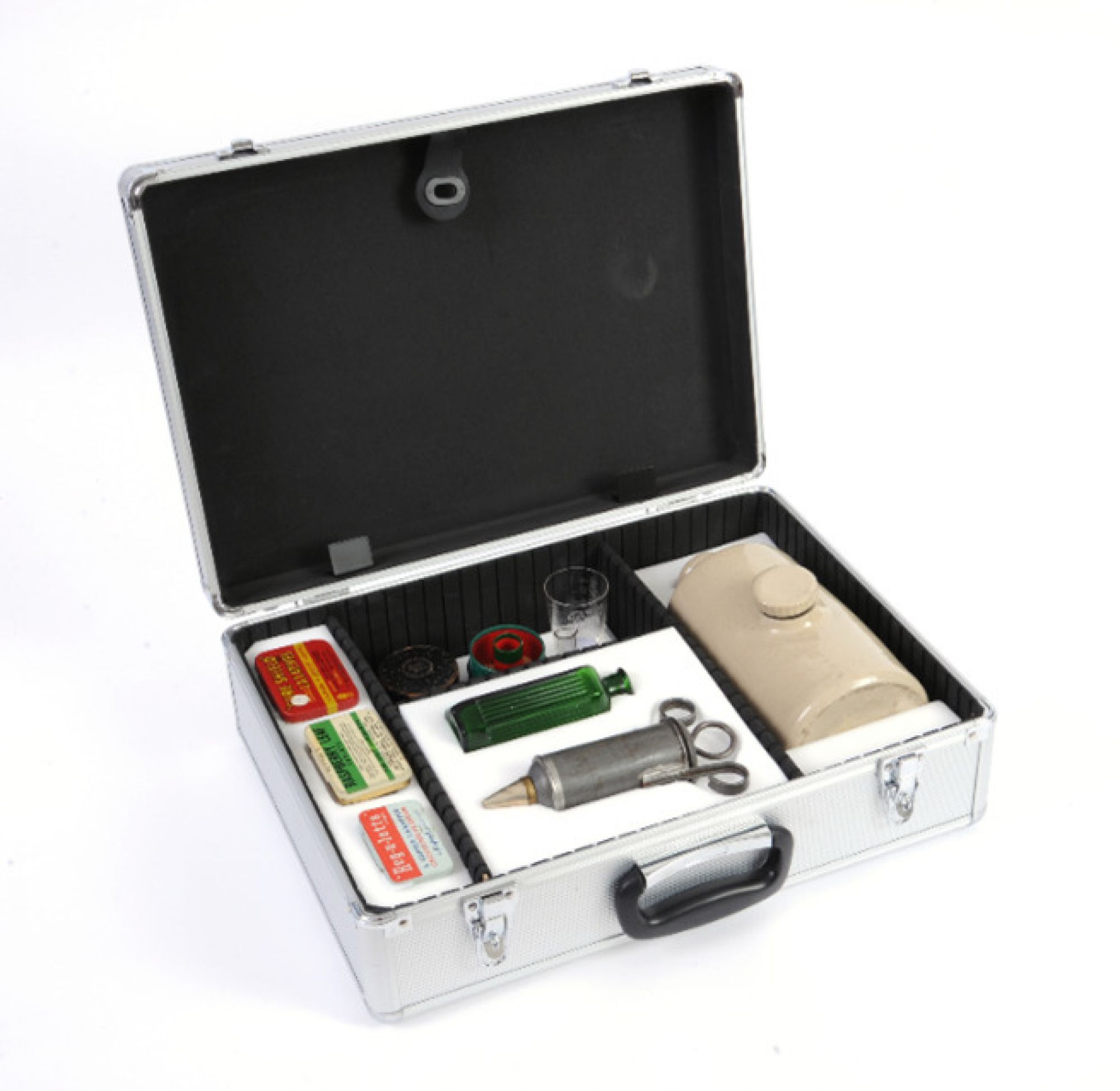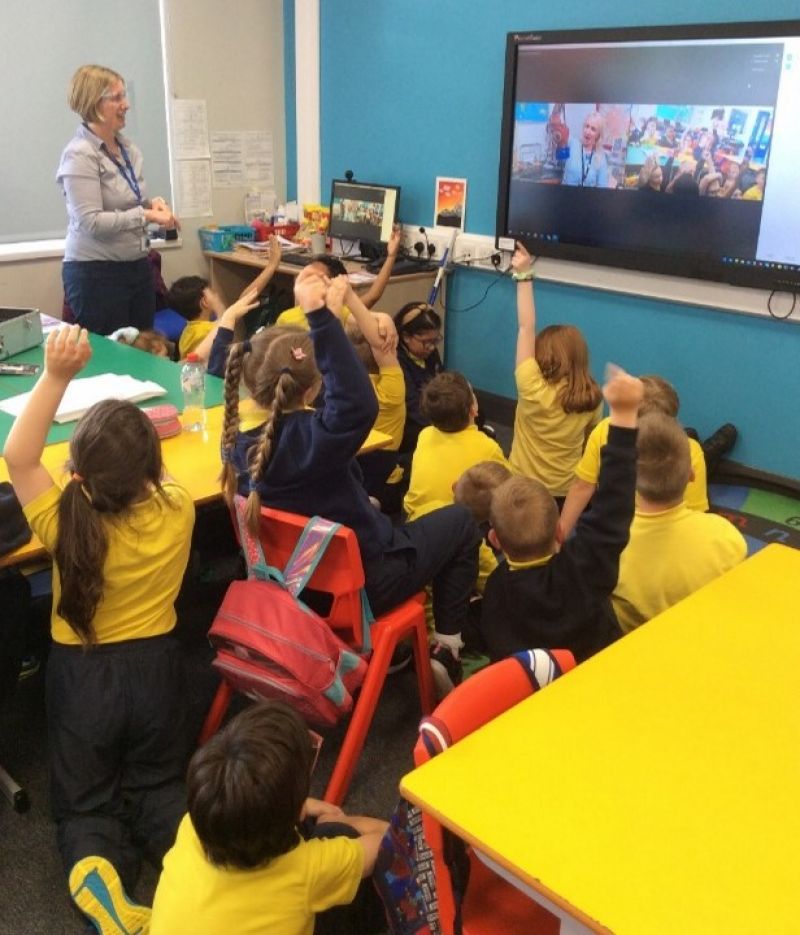Museum on the Move - connecting children with collections during lockdown and beyond
By Louise Rice, Education Manager, National Museums Northern Ireland
Staying connected to schools, when almost every conventional route to reaching them was disrupted by lockdown, presented a major challenge for learning teams in museums everywhere when the crisis hit. The sudden loss of such an important audience was a huge blow, and so like many other museums, National Museums NI set out to find an alternative way to connect with schools.
By March 2020, we were already shaping a new direction with a recently-formed education team, and without the remotest possibility of maintaining our average annual school visitor figures, we were well-positioned to create something completely new. There was a determination to come up with much more than a Covid sticking plaster, but instead to look to resolve some persistent long-term barriers to engagement for schools.
It was a bold ambition in such uncertain times, but the investment in resources we would need to recalibrate our schools offer at scale could only be justified by the possibility of widening our reach in a sustainable way.

Creating a Museum on the Move
The results of a teacher survey we carried out in May 2020 revealed a good level of confidence with remote learning in schools and a strong interest in the potential for collections in the classroom. After a short period of developing new digital content, the time and energy of the education team was focused entirely on creating a completely new blended learning programme, which we called Museum on the Move.
With the help of our curatorial colleagues, we put together over 25 loan boxes of objects, themed to align with the NI Curriculum on a range of subjects, and to form the basis of live and interactive learning sessions to be delivered via video call to schools, one class at a time.
As we began to roll out the pilot phase of Museum on the Move in autumn 2020 with mainstream and special schools, we were pleased to discover that children (who by this stage had considerable experience with remote learning) were very at ease with interacting via video link. As long as the Wi-Fi connection remained stable, the to-ing and fro-ing of questions and answers with the children was remarkably similar to what happens in the museum.

We were also struck by the fact that the format demanded a very dynamic partnership with the class teacher. Acting as a go-between for the museum team and the children, the teacher tended to become very engaged and highly invested in the success of each session.
Flexibility of Online Delivery
The flexibility of connecting virtually was something we wanted to take full advantage of. Rather than a one-off session, we developed a format of two sessions for each class on their chosen theme, delivered around one week apart. The children have a chance to reflect on what they learn, carry out their own research and ask follow up questions in the second session.
This offers a deeper level of engagement in the subject and a chance for us to develop more of a rapport with the class over time. All of which makes the many logistical and technical challenges of delivering the programme worthwhile.

The feedback from teachers consistently highlighting the importance of the physical presence of the objects in the classroom reassured us that we were on to something special with this blended approach. It was clear that without the objects in the room, the sessions would easily have become just another webinar or online learning tool.
Reaching New Audiences
Early analysis of the number and type of schools engaging in the programme provided interesting results. In the summer term of 2021, with our education team entirely focused on delivering Museum on the Move, we were able to deliver 334 class sessions over 10 weeks, which amounted to 10,020 engagements. Added to the numbers who engaged in the initial pilot phase, the total number of engagements in the 2020/21 academic year was 12,951 – a much healthier figure than we anticipated at the beginning of the crisis!
We were encouraged to see that Museum on the Move had succeeded in attracting many schools who had never visited, or whose engagement with us had lapsed, as one in five schools had not visited us for more than five years. Another positive trend was that almost one-third of schools were located in rural communities.
The Future of Museum on the Move
The challenge ahead for us and many other museums is figuring out the feasibility of sustaining initiatives begun in response to Covid now that schools are starting to make a welcome return to our museums. So far, by setting aside specific times for each offering, and by limiting the number of daily school visitors (a restriction in place due to Covid anyway) we have found it possible to deliver on and off-site programmes side by side.
The fact that Museum on the Move reaches schools that wouldn’t otherwise have the opportunity to visit, and that it offers collections-focused learning experiences quite distinct from what happens on a museum visit provides all the evidence we need to continue to offer and develop this alternative and very enjoyable way of working with schools.

